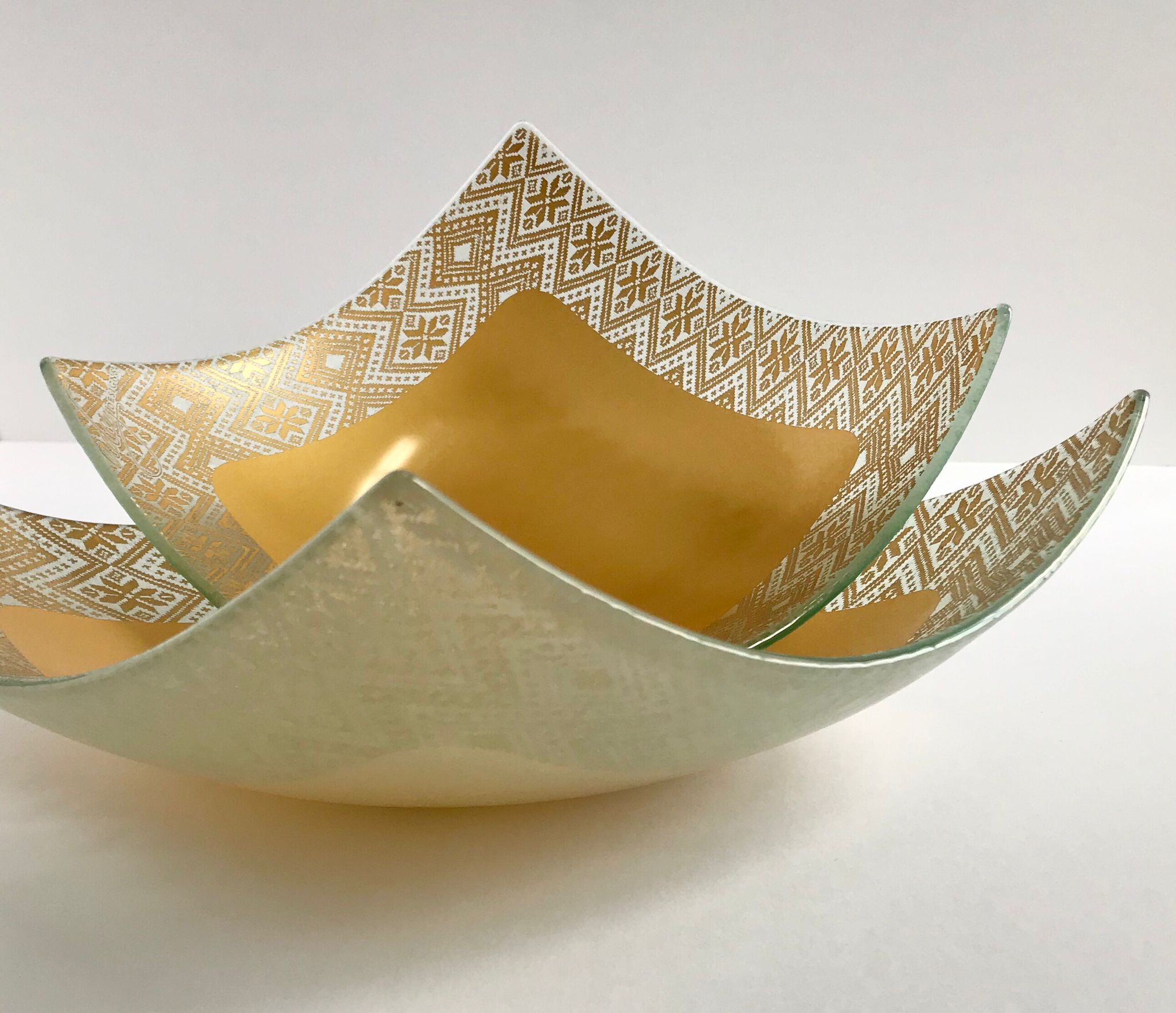Original Story Published by: Travel Africa
(Above) Alan Palmer recalls his first traverse of Jebel Sahro, one of Morocco’s more remote and less-visited mountain ranges.
To this day, my very first time still matters the most.
I have crossed Jebel Sahro many times since but, even now, whenever I think back to those barren mountains, it’s as if the first dry taste of pre-Saharan dust still rests on my tongue; I still squint as if a golden morning sunray pierces my eye, and a forlorn bleat of a nomad’s errant goat rings in my ear. Yet this harshness is softened by the memory of the freshest African breeze floating across my nostrils.
Setting out with Mohamed, my guide, Mohammed, my muleteer, and Jemima, his mule, we had crossed the clear waters of the Dades, just a little downriver from El Kelaa Mgouna, and woven a path between fig trees, olive trees and crumbling kasbahs, roses almost in bloom, brightly dressed women, their silver jewellery dancing in the sunlight, washing brightly coloured clothes, and children splashing, before winding gradually upwards, passing isolated rural homesteads and finally entering Jebel Sahro, the Mountains of Thirst, home to the Aït Atta tribe, whose women and children were the very last of all Berbers to lay down their scythes in surrender to the ruthless might of the French military, long after the rest of Morocco had succumbed to the rooster’s indiscriminate, imperial barbarism.
To read the full article, visit Travel Africa.









